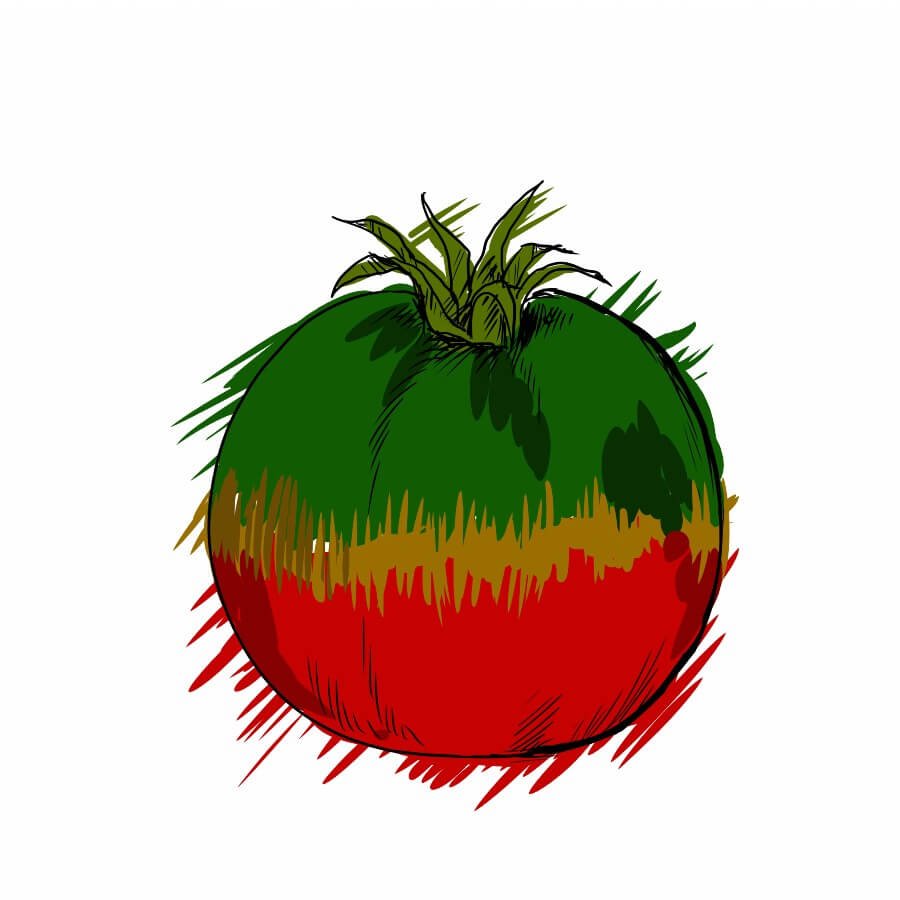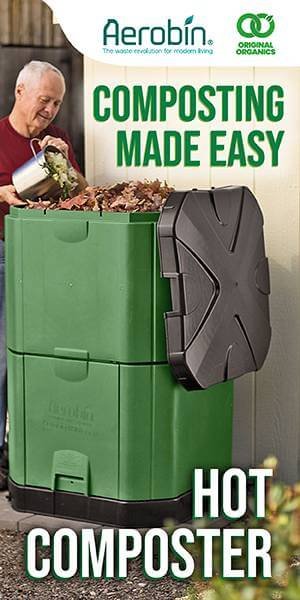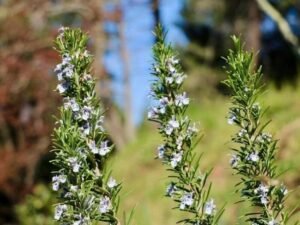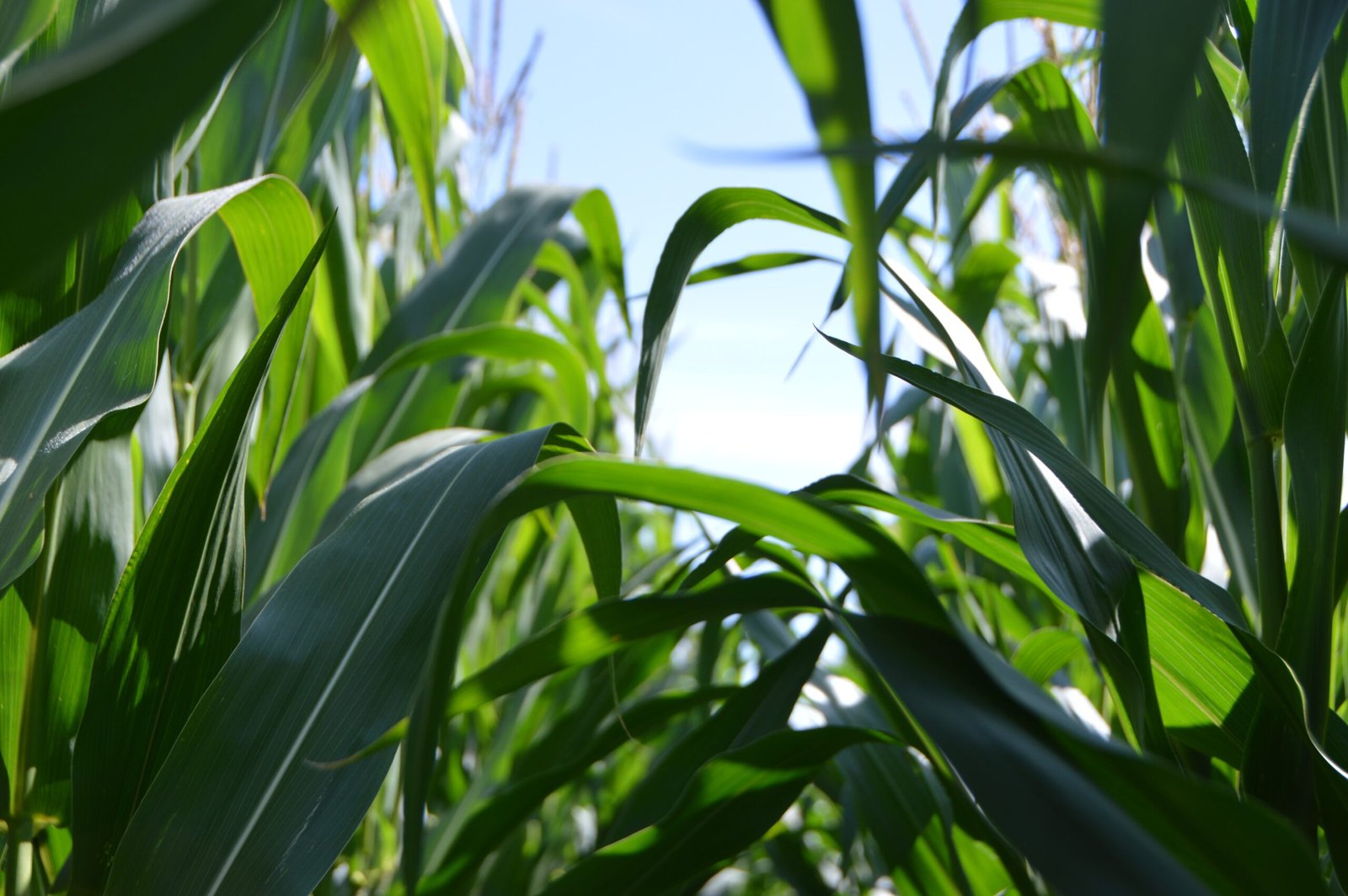Tomato plants are among the most widely grown vegetable crops, both commercially and in home gardens. While they are generally easy to grow, they are susceptible to various diseases that can significantly impact their yield and quality.
One such disease is Tomato Greenback, which poses a severe threat to tomato crops worldwide. In this article, we will explore the causes, symptoms, and management strategies for Tomato Greenback.
What is Tomato Greenback?
Tomato Greenback, also known as Green Shoulders or Green Core, is a physiological disorder that affects the fruit of tomato plants. It is characterised by the incomplete ripening of the fruit, resulting in uneven colouration and distinct green shoulders or cores.
This disorder primarily affects large-fruited varieties of tomatoes but can also affect smaller varieties.
Causes of Tomato Greenback:
The exact cause of Tomato Greenback is not fully understood, but several factors contribute to its development. The disorder is primarily associated with prolonged exposure of the tomato fruit to high light intensity and high temperatures. Excessive heat and direct sunlight disrupt the normal ripening process, leading to the development of green areas within the fruit.
Other contributing factors include nutrient imbalances, particularly low potassium levels, and irregular watering practices. High levels of nitrogen and calcium deficiency can also contribute to the occurrence of Tomato Greenback.
Symptoms of Tomato Greenback:
The most noticeable symptom of Tomato Greenback is the failure of the fruit to ripen evenly. Affected fruit shows a distinct green or yellowish-green colouration on the upper part, often extending into the interior tissue, resulting in a green core. The lower part of the fruit may exhibit normal colouration, creating a stark contrast in appearance.
Additionally, the affected fruit tends to have a firmer texture, making it less desirable for consumption. It is important to note that Tomato Greenback does not affect the safety or edibility of the fruit; it is purely a quality issue.
Preventing or mitigating Tomato Greenback:
Preventing or mitigating Tomato Greenback involves implementing several management strategies. Here are some practices to consider:
- Proper Cultivar Selection: Choose tomato varieties that are less susceptible to Tomato Greenback. Some cultivars are bred to be more resilient to this disorder, making them a better choice for growers.
- Adequate Nutrient Management: Maintain a balanced nutrient profile in the soil. Regular soil testing can help identify any nutrient deficiencies or imbalances. Adjust fertiliser applications to optimise potassium, calcium, and nitrogen levels.
- Pest and Disease Control: Implement proper pest and disease management practices. Pests and diseases can weaken the plant, making it more susceptible to physiological disorders like Tomato Greenback.
- Mulching and Irrigation: Apply a layer of organic mulch around tomato plants to regulate soil temperature and maintain consistent moisture levels. Avoid irregular watering schedules to prevent stress on the plants.
- Shade Protection: Provide shade to young tomato plants during periods of intense sunlight and extreme heat. This can be achieved using shade cloth or structures that reduce light intensity and temperature.
Conclusion
Tomato Greenback is a common disorder that affects tomato fruit colouration and ripening. Understanding the causes and symptoms of this disorder is crucial for effective management. By implementing proper cultivar selection, nutrient management, and practising appropriate cultural practices, tomato growers can minimise the occurrence of Tomato Greenback and ensure a healthy harvest of ripe, high-quality tomatoes.
Tomato Greenback Frequently Asked Questions (FAQs)
Here are some FAQs regarding Tomato Greenback:
Q. What is Tomato Greenback, and how does it affect tomato plants?
A. Tomato Greenback is a physiological disorder that affects the fruit of tomato plants. It is characterised by the incomplete ripening of the fruit, resulting in uneven colouration and distinct green shoulders or cores. The affected fruit tends to have a firmer texture, making it less desirable for consumption. However, Tomato Greenback does not affect the safety or edibility of the fruit; it is purely a quality issue.
Q. What causes Tomato Greenback in tomato plants?
A. The exact cause of Tomato Greenback is not fully understood, but several factors contribute to its development. The disorder is primarily associated with prolonged exposure of the tomato fruit to high light intensity and high temperatures. Other contributing factors include nutrient imbalances, particularly low potassium levels, and irregular watering practices.
Q. How can tomato growers prevent Tomato Greenback in their crops?
A. Preventing or mitigating Tomato Greenback involves implementing several management strategies. Some of these practices include proper cultivar selection, adequate nutrient management, pest and disease control, mulching and irrigation, and shade protection.
Q. Can Tomato Greenback be treated or cured once it appears on the fruit?
A. There is no specific treatment or cure for Tomato Greenback once it appears on the fruit. The best course of action is to prevent its occurrence by implementing proper management practices.
Q. Are there any tomato varieties that are less susceptible to Tomato Greenback?
A. Some tomato cultivars are bred to be more resilient to physiological disorders like Tomato Greenback. It is recommended to choose tomato varieties that are less susceptible to the disorder for optimal crop yield and quality.




































